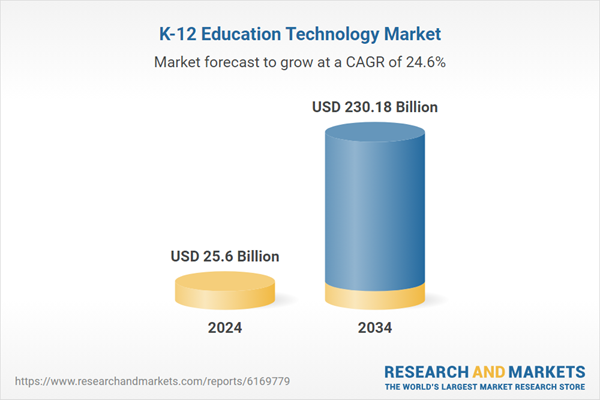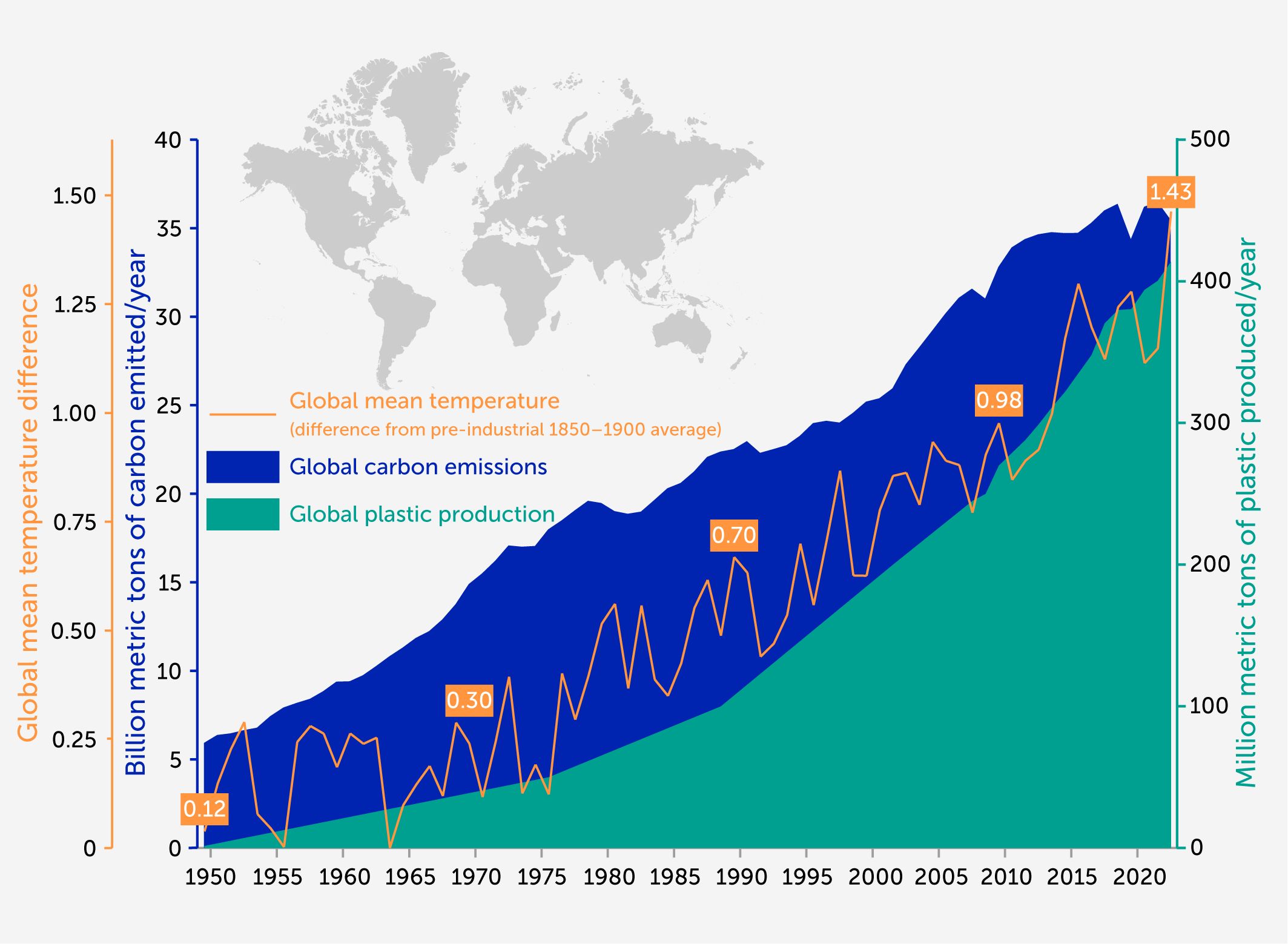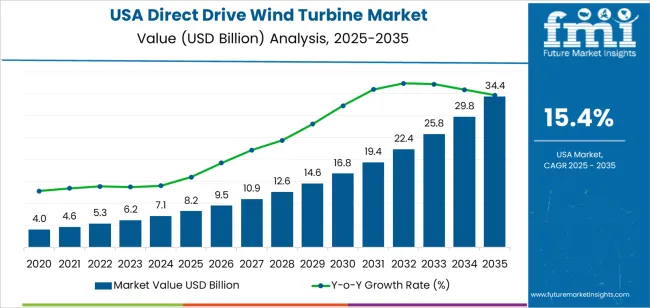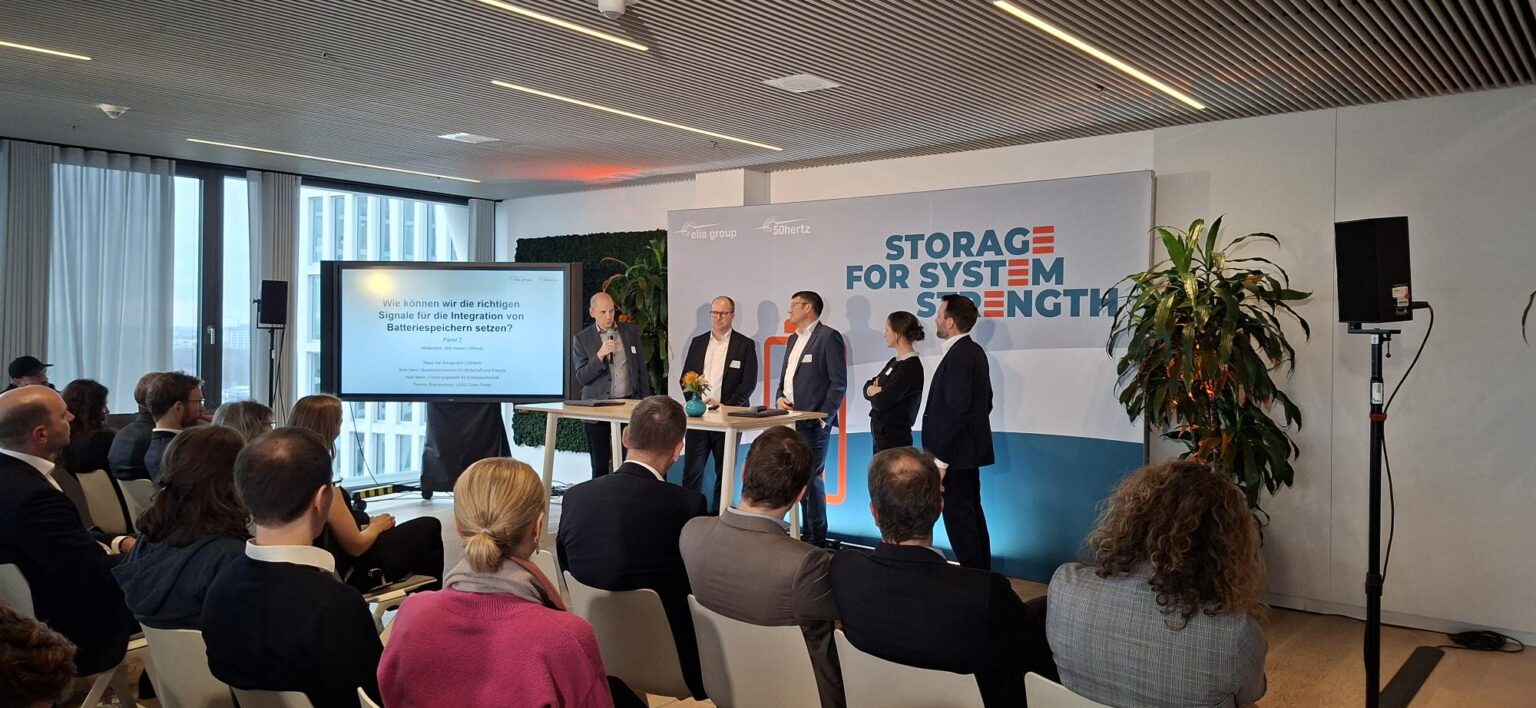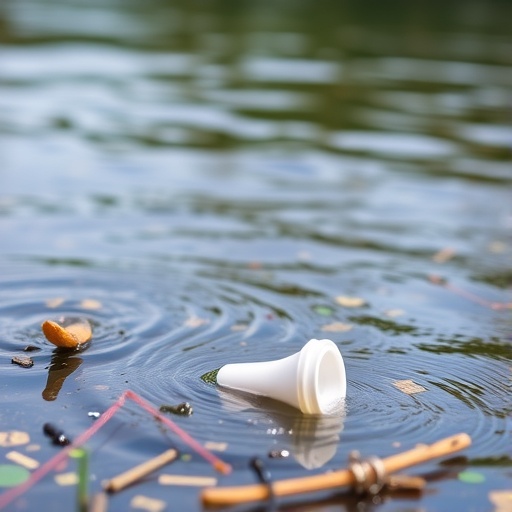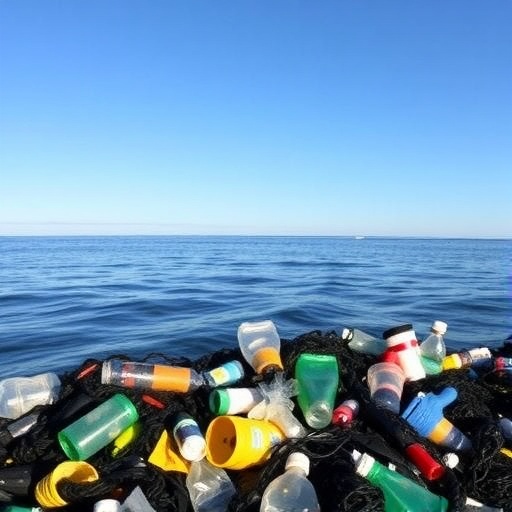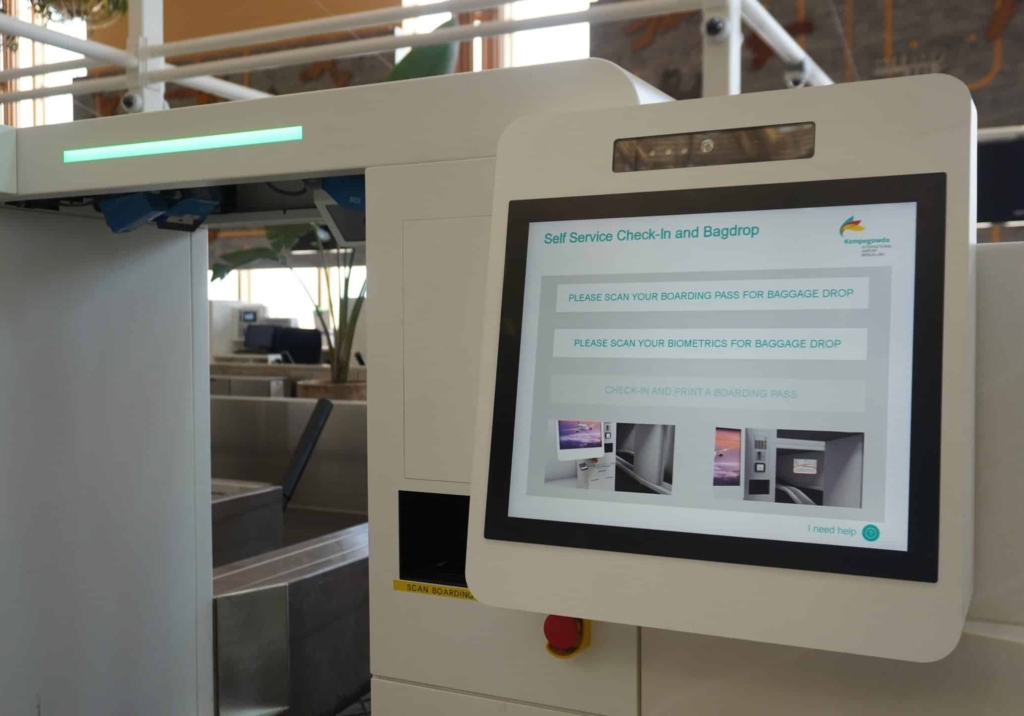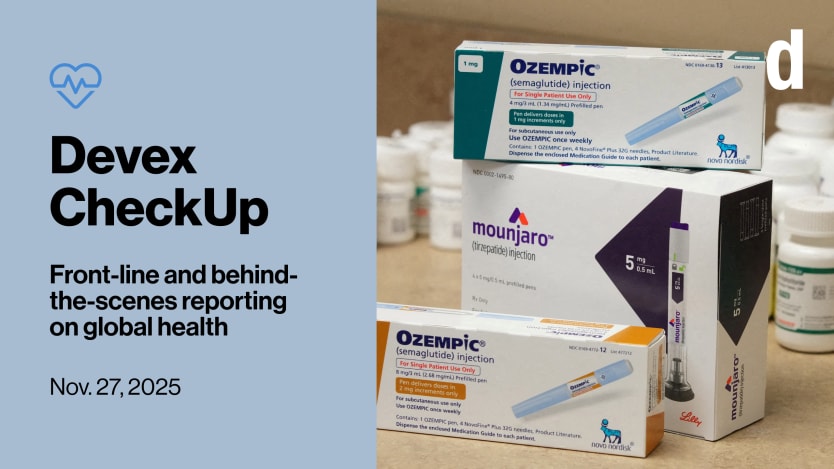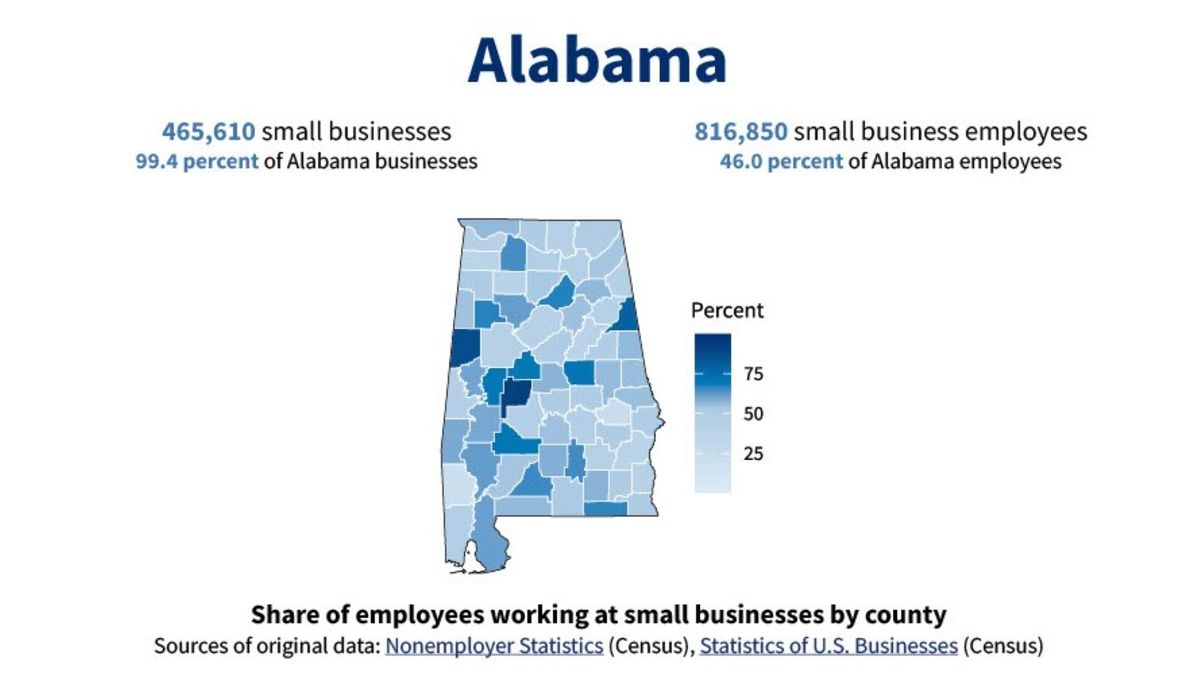New EPA data show more towns have PFAS in their water. Is yours one? – USA Today
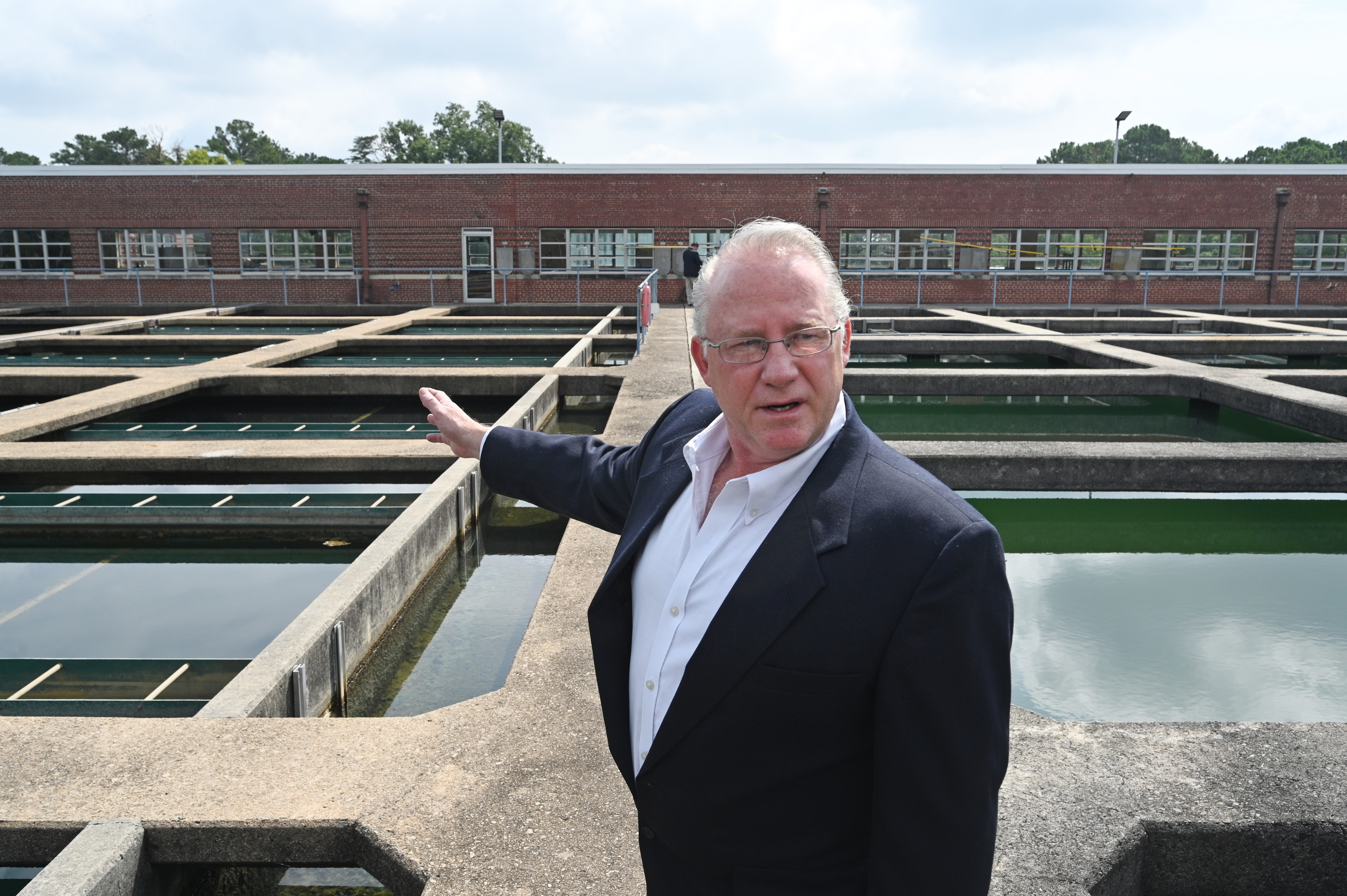
Executive Summary: PFAS Contamination and the Sustainable Development Goals
A recent analysis of U.S. Environmental Protection Agency (EPA) data reveals widespread contamination of drinking water systems by per- and polyfluoroalkyl substances (PFAS), also known as “forever chemicals.” This report details the scope of the contamination, its sources, and the subsequent challenges faced by communities, framing the issue within the context of the United Nations Sustainable Development Goals (SDGs). The contamination directly undermines progress on several key goals:
- SDG 3: Good Health and Well-being: PFAS exposure is linked to increased risks of cancer and other serious health problems, threatening public health.
- SDG 6: Clean Water and Sanitation: The presence of these chemicals in drinking water is a direct violation of the target for universal access to safe and affordable water.
- SDG 11: Sustainable Cities and Communities: The financial burden of remediation and the health risks posed by contaminated water threaten the sustainability and resilience of affected communities.
- SDG 12: Responsible Consumption and Production: The crisis originates from industrial chemical production and use, highlighting failures in the sound management of chemicals throughout their lifecycle.
- SDG 16: Peace, Justice and Strong Institutions: The effectiveness of regulatory bodies like the EPA and the pursuit of legal justice against polluters are central to resolving this public health issue.
Widespread Water Contamination: A Threat to SDG 6 (Clean Water and Sanitation)
Scope of the Contamination
The EPA’s largest PFAS testing initiative to date has uncovered significant contamination, indicating a failure to meet the clean water targets of SDG 6. The findings include:
- 839 water systems reported yearly averages of two primary PFAS chemicals (PFOA and PFOS) that exceeded new federal limits.
- These systems collectively serve an estimated 46 million Americans.
- Larger water utilities, serving over 100,000 people, were more likely to exceed EPA standards, with nearly a quarter reporting averages above the limit.
- Some of the highest concentrations were found in smaller communities. For example, a well in Nashville, North Carolina, reported an average 86 times the EPA limit for PFOS.
Case Study: Emmaus, Pennsylvania
The situation in Emmaus, Pennsylvania, exemplifies the challenge to achieving SDG 6 at the local level.
- Source of Contamination: Decades of seepage from fire-extinguishing foams used at a firefighter training facility poisoned the local aquifer.
- Level of Contamination: One well reported PFOS levels averaging 32 times the federal limit over the past year.
- Impact on Water Supply: The contamination forced the utility to shut down one well and seek immediate remediation solutions for another to ensure a safe water supply for its 12,000 residents.
Public Health and Regulatory Challenges: Impacts on SDG 3 and SDG 16
Health Implications of PFAS Exposure (SDG 3)
The contamination presents a direct threat to public health, running counter to the objectives of SDG 3. PFAS are characterized by their persistence and potential for harm:
- They are engineered to be nearly indestructible, allowing them to accumulate in the environment and in human bodies.
- Accumulation is linked to an increased risk of specific cancers and other adverse health outcomes.
Institutional and Regulatory Response (SDG 16)
The strength and consistency of institutional responses are critical for protecting public health. Recent regulatory developments have created uncertainty:
- The EPA established new limits for PFOA and PFOS, requiring contaminated systems to install filtration or find new water sources.
- However, the agency recently announced plans to extend the compliance deadline beyond 2029.
- Limits on four other types of PFAS, established in 2024, were also rescinded.
- Water utility industry groups have filed a lawsuit against the EPA, challenging the new limits and creating further delays in implementation.
Economic and Corporate Responsibility: Aligning with SDG 11 and SDG 12
Financial Burden on Sustainable Communities (SDG 11)
The cost of remediation poses a significant threat to the financial stability of local communities, undermining the goal of creating sustainable cities and communities.
- Local governments face the high cost of installing and maintaining advanced filtration systems.
- Without external funding, municipalities may be forced to quadruple water rates, placing a severe financial strain on residents.
- This challenge is particularly acute for smaller water systems with limited budgets, which must address contamination without the resources of larger utilities.
The Role of Corporate Accountability (SDG 12)
Addressing the root cause of the pollution aligns with SDG 12, which calls for responsible production and the sound management of chemicals. The principle of “polluter pays” is being tested through legal action.
- The borough of Emmaus rejected a class-action settlement, opting instead to pursue its own lawsuit against PFAS manufacturers, including 3M Co. and DuPont Co., to recover the full cost of damages.
- Manufacturers have responded with settlement offers and pledges to phase out PFAS production. 3M Co. has committed $12 billion to public water suppliers and plans to cease PFAS manufacturing by the end of 2025.
- Local officials argue that the financial burden of cleanup should fall on the corporations that produced and profited from the chemicals, not on the public.
Pathways to Sustainable Solutions
Local Government Action and Infrastructure Investment
The proactive response by the borough of Emmaus serves as a model for local action in achieving SDG targets for clean water and community resilience.
- Immediate Action: Upon discovering contamination in 2021, the utility immediately shut down the most affected well.
- Securing Funding: The town secured over $9 million in state grant funding and a nearly $2 million loan to finance a new water treatment facility.
- Implementing Solutions: Construction is underway on four large treatment tanks using granular-activated carbon to filter PFAS from the water, with completion expected by June 2026.
- Community Commitment: Residents supported the decision to invest in treating the local water supply rather than purchasing water from an external source, demonstrating a commitment to local water security.
Conclusion: The Imperative for Multi-Stakeholder Collaboration
The widespread PFAS contamination crisis underscores the interconnectedness of the Sustainable Development Goals. Ensuring safe drinking water for all requires a concerted and sustained effort from all stakeholders. Effective federal regulation (SDG 16), corporate accountability for production patterns (SDG 12), and robust investment in local infrastructure (SDG 11) are all essential to protect public health (SDG 3) and guarantee the fundamental human right to clean water (SDG 6).
Analysis of Sustainable Development Goals in the Article
1. Which SDGs are addressed or connected to the issues highlighted in the article?
-
SDG 3: Good Health and Well-being
- The article directly connects the chemical contamination of drinking water to severe health risks. It states that PFAS “can build up in nature and in human bodies, increasing the risk of certain types of cancer and other health problems.” The entire effort to test and filter the water is driven by the need to protect public health.
-
SDG 6: Clean Water and Sanitation
- This is the central theme of the article. It details the widespread pollution of drinking water systems with PFAS chemicals, affecting “46 million Americans.” The narrative focuses on the challenges communities face in achieving safe drinking water, including testing, installing filtration systems, and managing the associated costs.
-
SDG 11: Sustainable Cities and Communities
- The article uses the town of Emmaus, Pennsylvania, as a case study to illustrate how communities are impacted by and responding to environmental contamination. It discusses the financial burden on local budgets (“instantly our folks would have been paying four times what they pay today”), the need for infrastructure investment (installing “four enormous treatment tanks”), and community resilience (“Residents of Emmaus made it clear they wanted to fix Emmaus’ water… rather than becoming dependent by buying water from elsewhere”).
-
SDG 12: Responsible Consumption and Production
- The article identifies the source of the pollution as “fire-extinguishing foams containing PFAS” and discusses the accountability of the manufacturers. It mentions that Emmaus is pursuing a lawsuit “to recover damages” from manufacturers like 3M and DuPont. Furthermore, it notes that 3M “plans to stop manufacturing PFAS by the end of 2025,” which relates directly to changing production patterns to be more sustainable and less harmful.
2. What specific targets under those SDGs can be identified based on the article’s content?
-
SDG 3: Good Health and Well-being
- Target 3.9: By 2030, substantially reduce the number of deaths and illnesses from hazardous chemicals and air, water and soil pollution and contamination. The article’s focus on “forever chemicals” in drinking water, which are linked to “cancer and other illnesses,” directly aligns with this target of reducing health problems caused by water pollution.
-
SDG 6: Clean Water and Sanitation
- Target 6.1: By 2030, achieve universal and equitable access to safe and affordable drinking water for all. The article highlights a failure to meet this target for “46 million Americans” whose water systems exceed EPA limits. The discussion of the high cost of filtration and potential for water rates to increase “four times” underscores the challenge of ensuring water remains affordable.
- Target 6.3: By 2030, improve water quality by reducing pollution, eliminating dumping and minimizing release of hazardous chemicals and materials. The contamination from PFAS in firefighting foam that “seeped into the local aquifer” is a clear example of pollution from hazardous chemicals. The installation of carbon filtration systems in Emmaus is a direct action to improve water quality as described in this target.
-
SDG 11: Sustainable Cities and Communities
- Target 11.5: By 2030, significantly reduce the number of deaths and the number of people affected and substantially decrease the direct economic losses… caused by disasters, including water-related disasters. The widespread chemical contamination can be viewed as a man-made, water-related disaster. The article details the economic losses through the costs of remediation, such as the “$9 million in grant funding and a nearly $2 million loan” required by Emmaus.
-
SDG 12: Responsible Consumption and Production
- Target 12.4: By 2020, achieve the environmentally sound management of chemicals and all wastes throughout their life cycle… and significantly reduce their release to air, water and soil in order to minimize their adverse impacts on human health and the environment. The article describes the consequences of failing to manage PFAS chemicals properly, leading to their release into the water. The lawsuits against manufacturers and 3M’s commitment to stop producing PFAS are actions related to managing the chemical lifecycle and holding producers accountable.
3. Are there any indicators mentioned or implied in the article that can be used to measure progress towards the identified targets?
-
For SDG 6 (Clean Water and Sanitation)
- Indicator 6.1.1 (Proportion of population using safely managed drinking water services): The article provides data to measure the inverse of this indicator. It states that “839 water systems” serving “46 million Americans” have contamination levels exceeding federal limits, meaning this population is not using safely managed drinking water with respect to PFAS.
- Indicator 6.3.2 (Proportion of bodies of water with good ambient water quality): The article provides specific measurements of water contamination, which serve as a direct measure of water quality. For example, it reports that in Emmaus, PFOS levels averaged “32 times over the limit,” and in a well in Nashville, North Carolina, the average was “86 times over the limit.” These measurements quantify the poor quality of the local aquifer.
-
For SDG 11 (Sustainable Cities and Communities)
- Implied Indicator (Economic loss due to water contamination): The article provides specific financial data that can be used to measure the economic impact of this water-related issue. The cost for the town of Emmaus to install a filtration system is explicitly stated as “$9 million in grant funding and a nearly $2 million loan.” The article also mentions the ongoing maintenance cost of “$100,000 a year to replace the carbon filters.”
-
For SDG 12 (Responsible Consumption and Production)
- Implied Indicator (Reduction in hazardous chemical production): Progress can be measured by corporate actions to phase out harmful substances. The article mentions that the “3M Co. … plans to stop manufacturing PFAS by the end of 2025,” which is a quantifiable indicator of a shift in production patterns.
4. Summary Table of SDGs, Targets, and Indicators
| SDGs | Targets | Indicators (Mentioned or Implied in the Article) |
|---|---|---|
| SDG 3: Good Health and Well-being | 3.9: Substantially reduce illnesses from hazardous chemicals and water pollution. | The article links PFAS contamination to increased risks of “cancer and other health problems,” highlighting the health burden of unsafe water. |
| SDG 6: Clean Water and Sanitation | 6.1: Achieve universal access to safe and affordable drinking water.
6.3: Improve water quality by reducing pollution from hazardous chemicals. |
For 6.1: The number of people affected (46 million) and the potential for water rates to increase “four times” what they pay today.
For 6.3: Specific measurements of PFAS concentrations in water systems (e.g., “32 times the federal limit”). |
| SDG 11: Sustainable Cities and Communities | 11.5: Substantially decrease direct economic losses caused by water-related disasters. | The economic cost of remediation for the community of Emmaus (“$9 million in grant funding and a nearly $2 million loan”). |
| SDG 12: Responsible Consumption and Production | 12.4: Achieve environmentally sound management of chemicals to minimize their release to water and soil. | Corporate accountability measures, including lawsuits against manufacturers and 3M’s commitment to “stop manufacturing PFAS by the end of 2025.” |
Source: usatoday.com

What is Your Reaction?
 Like
0
Like
0
 Dislike
0
Dislike
0
 Love
0
Love
0
 Funny
0
Funny
0
 Angry
0
Angry
0
 Sad
0
Sad
0
 Wow
0
Wow
0




